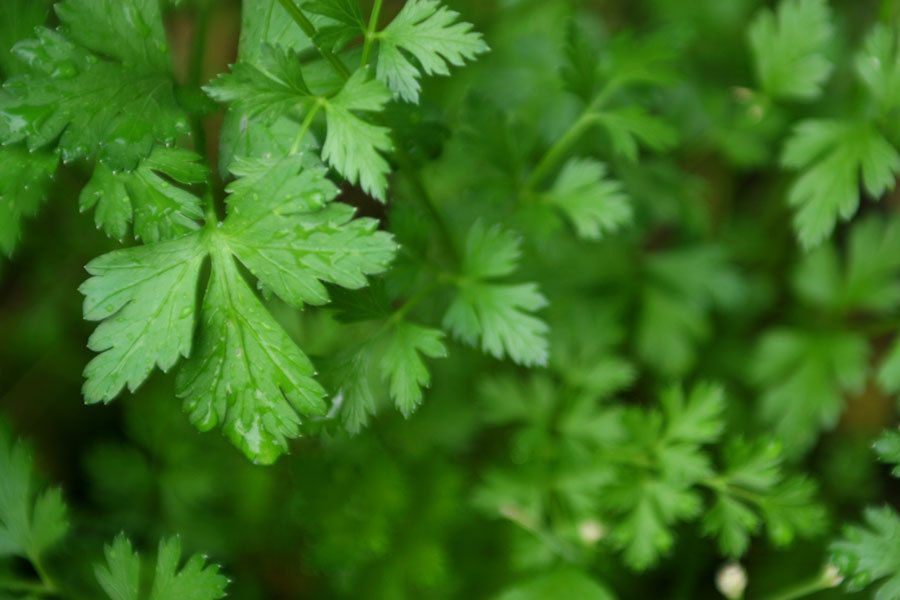Potatoes: The Key to Eternal Life
- Jordan
- May 29, 2016
- 3 min read
This weekend Silvan and I started harvesting some of the many potatoes that we planted a few months ago. There is little more satisfying than pushing a shovel into the ground and prying up a big bunch of potatoes. Judging by the few plants that we did pull up and how many we have left, we will probably have hundreds of pounds of potatoes when it’s all said and done, which is amazing considering that they were all propagated from a 10 pound bag of sprouting potatoes that we bought at the beginning of the season.



Many of the vegetables that we find in the produce aisle or at the farmers market are the fruit, leaves or stem of annual plants. Annual plants form seeds in one season which are saved over the winter to grow next year’s crop, the offspring of the previous season’s plants.
Potatoes have two methods of propagating themselves, they either produce seeds to form offspring the next year, or save energy in tubers in order to regrow themselves. These tubers are the part of the plant that we recognize as potatoes.
Here’s where it gets interesting: If you buy one seed potato like the one pictured below and cut it into three pieces (one for each of the sprouts or “eyes”), you can plant those three potato pieces in the ground they will each grow another 8-10 tubers. You can propagate these the next year until you have enough to save over winter and plenty to eat. If you continued to do this for the rest of your life and passed down those seed potatoes to your children they could do the same. But remember that this potato has never formed seeds or propagated offspring, so the seed potatoes that you passed down to your children are literally the same individual organism as the first one that you cut into three pieces.
In this way, one potato that I planted this year could bask in the sun during summer and retreat to its roots to hide from the winter every year until it is nourishing my great-grandchildren 100 years from now. Cool right??

Now for the down side: the process of propagating potatoes from their roots and never allowing them to reproduce and exchange genetic information is precisely the reason for the Irish Potato Famine. In high school biology you learn that genetic diversity is what allows some humans to be immune to certain diseases and others more prone to them, well the same is true of plants (and all other living organisms). Because the Irish were generally growing the same breed of potato propagated through tubers, the genetic diversity in their staple food was extremely low. Many of the potatoes were likely genetically identical. That particular potato happened to have no immunity to a blight that eventually destroyed their crop, leading to mass starvation. If they had planted a number of different potato varieties, some of them would be immune to the blight and the potato shortage would have been significantly less severe.

The lesson here is a common corporate office cliché, “Diversity is key!”. So when you eat Red Wolf Organics potatoes you can taste all of the wonderful and unique flavors of Yukon Gold, Red Cheifton, Purple Fingerling and Caribe.
*If this subject interests you I would recommend reading Botany of Desire, by Michael Pollan this summer.
Watch us harvest some potatoes we grew in a bucket below!























Comments